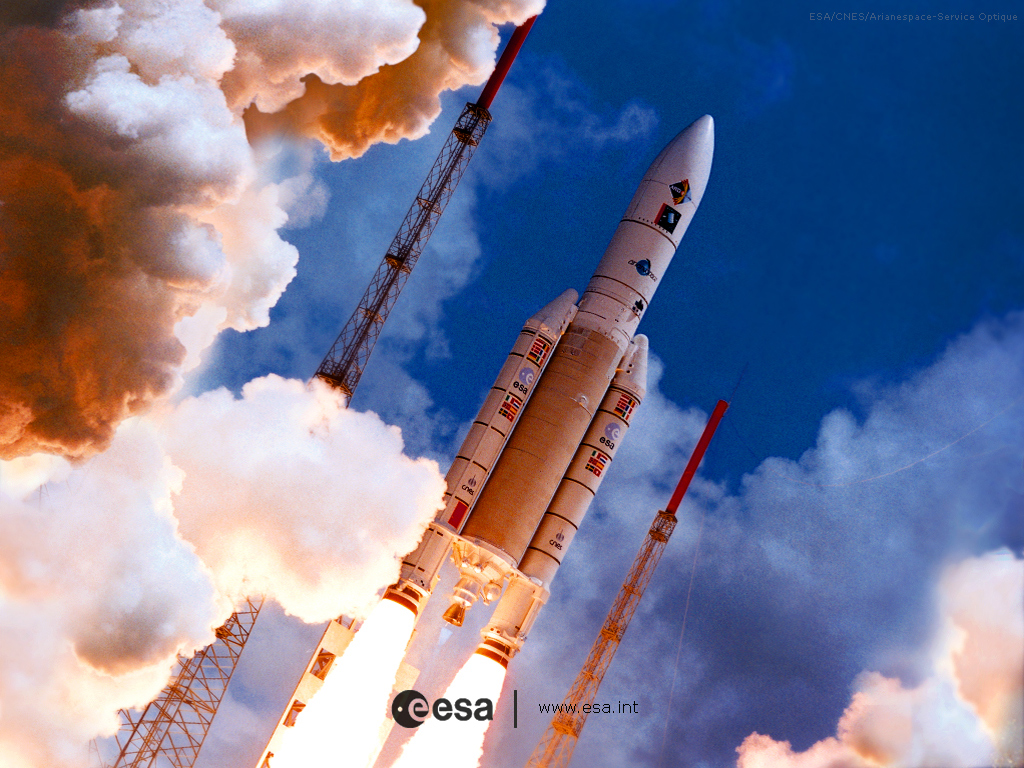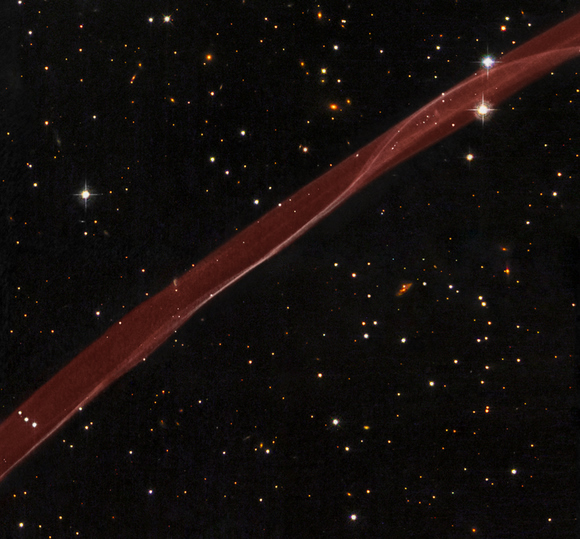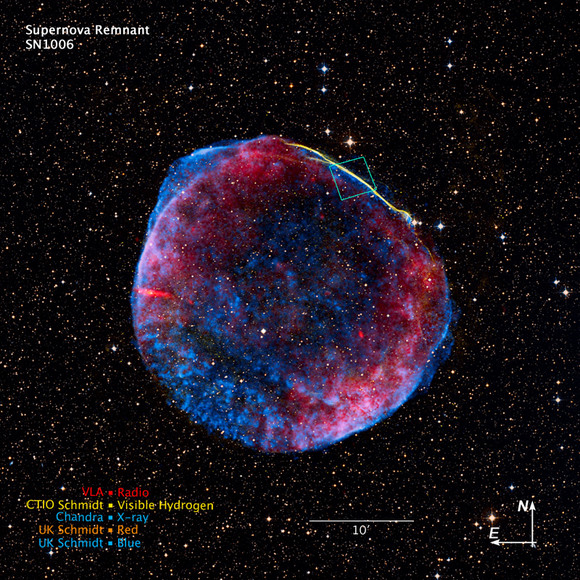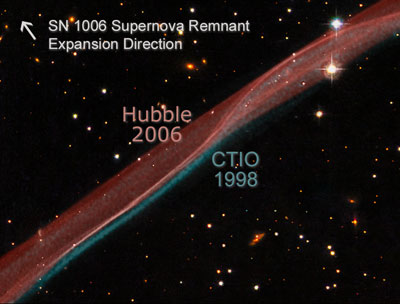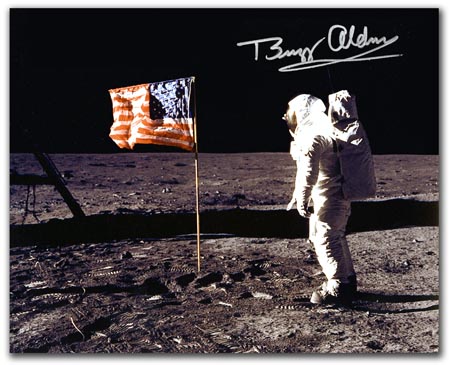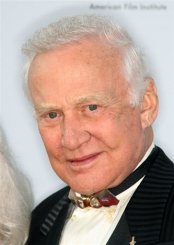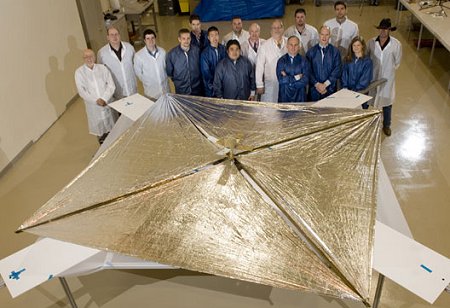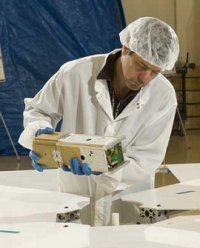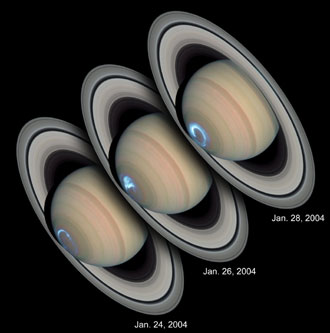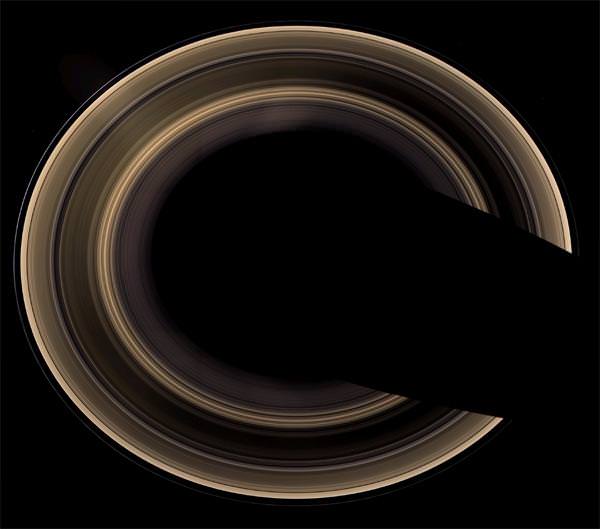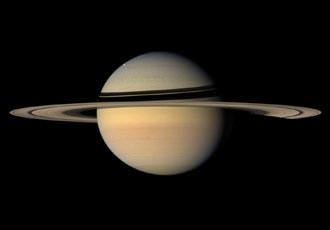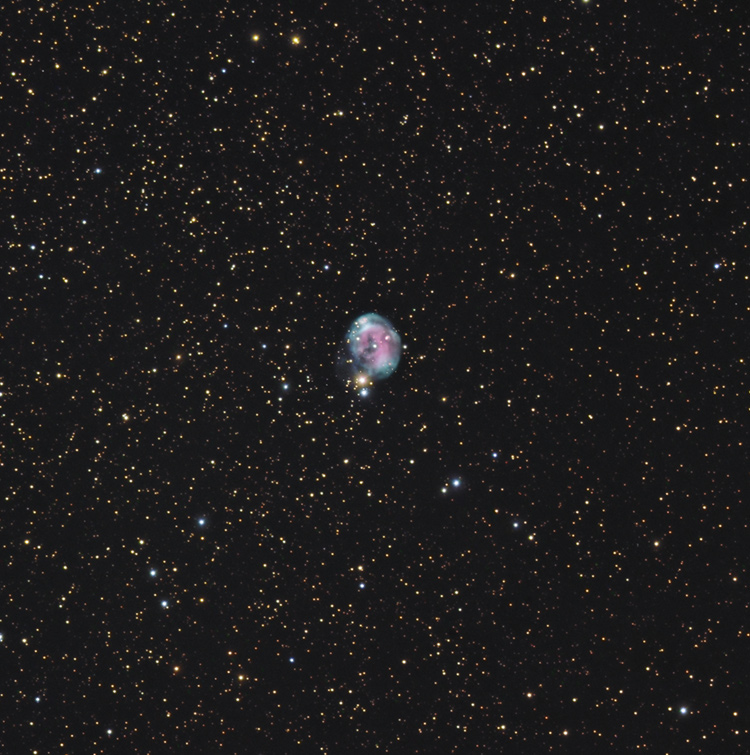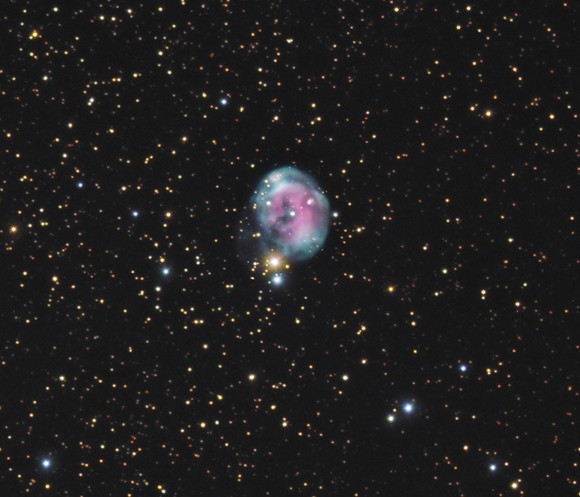It seems to be the week for big politics and space exploration. Yesterday, the Universe Today reported that Buzz Aldrin was worried about the future of the politically-driven US space policy; he is currently lobbying US President hopefuls Barack Obama and John McCain to increase NASA funding. On the other side of the pond, French President Nicolas Sarkozy also wants NASA’s European counterpart, ESA, to do better. However, Sarkozy wants to change the face of the ESA into the NASA model by making it politically driven, rather than leaving European bureaucrats to decide ESA priorities. ESA has operated independently from political pressures that often weigh down on space agencies, but Sarkozy is a huge advocate of the US system and believes space exploration should be politically motivated. This is bound to raise a few eyebrows, as the very agency he is promoting is facing some serious political uncertainty…
Update: Thanks to a couple of our readers from France, it has been pointed out that French astronauts are known as spationautes by the nation’s Centre National d’Études Spatiales (the French space agency). I have corrected the mini-discussion at the bottom of this article, reflecting this fact. Thank you Julien and Alexis!
In the 1960’s NASA’s motivation to land a man on the Moon was politically motivated, but in 1986, the UK Prime Minister Margaret Thatcher’s decision to pull Britain out of Europe’s manned space program was also politically motivated. Politics and space exploration can go hand-in-hand, but it can also hinder a nation’s development as space policy can be overturned depending who is in office. Worries to one side, President Nicolas Sarkozy believes that France may begin a revolution in the ESA’s outlook for the future. Amidst concerns aired by established space agencies that new space-faring nations like Japan, China and India may overtake Europe’s space agency, Sarkozy has announced radical plans for an accelerated effort for a politically driven push to send man back to the Moon and then to Mars.
Until now, ESA has maintained a more scientific approach to space exploration, but Sarkozy believes this approach has caused ESA to miss opportunities, possibly making Europe redundant in the future of space travel:
“The United States, Russia, China and Japan would not do what they do in space without a political motivation; Europe has only had a scientific motivation until now. So what we are saying is, let’s get the same chances as the others. Beside the scientific pilot, let us have a political pilot, too, which will be the EU, because there is only the EU that can speak at that level.” – President Sarkozy.
Although this is a bold statement, critics of Sarkozy’s stance point out that the comparison between NASA and ESA is not realistic. After all, NASA spends eight times more on space development than ESA, so Europe would need to allocate huge resources if there were to be a new political direction in ESA science. The 33-year old space agency is run by 17 member-states within the European Union (plus Switzerland, Norway and Canada) so Sarkozy’s aspirations may face setbacks, but the fact remains that France spearheads much of ESA’s operations so the French President’s views will not be ignored.
This is reflected in documents reviewed by the BBC that the French plans for an ESA overhaul are at an advanced stage. Key members of ESA have said that to become a space exploration powerhouse, they need to develop their own means to get European astronauts into space (a task that ESA have had to depend on the US and Russia till now). ESA have developed their own launch site in French Guiana (a major access to space for commercial satellites), have been heavily involved with the International Space Station, developed some of the most advanced robotics to be sent into space (i.e. the Automated Transfer Vehicle) and is currently developing the controversial European global positioning satellite system, Galileo. All is needed is an increase in funding so ESA can push toward manned missions to the Moon and Mars. Perhaps in this case, a politically orientated space agency may be a step in the right direction… until President Sarkozy’s term ends in any case…
Aside: A cosmonaut is a Russian astronaut, a taikonaut is a Chinese astronaut, but what is a French astronaut called? Well, the prefixes “astro-“, “cosmo-” and “taiko-” are pretty much equivolent. So what’s the French for “astro”? Well, “astro” actually… so a French astronaut is called an astronaut (or astronaute). I’m glad I cleared that up…
Update (July 3rd): Actually, the official designated name for a French astronaut is spationaute (according to the Centre National d’Études Spatiales). Thank you to our eagle-eyed French readers for sending me the tip! Now we have astronaut (US), cosmonaut (Russia), taikonaut (China) and spationaute (France). You learn something new every day!
Source: BBC

